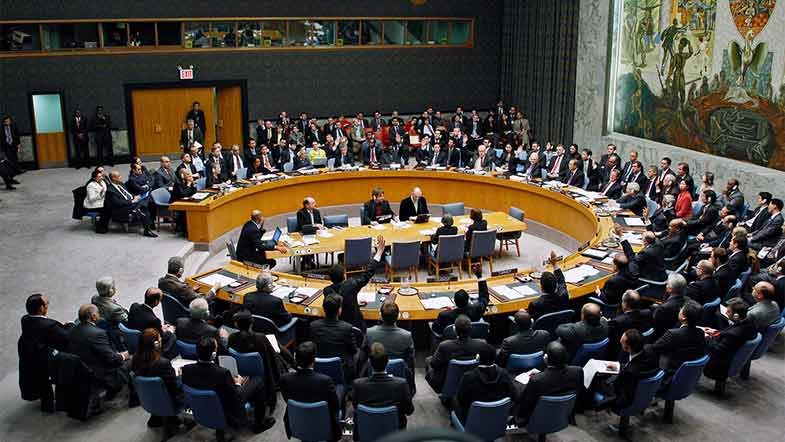Mukaila Ola
United Nations has said $1.1 billion would be needed in 2022 to undertake humanitarian assistance in the troubled North East.
The United Nations, who revealed that an estimated 8.4 million people will require humanitarian assistance in north-east Nigeria in the course of the year, lamented that the total number of those displaced in the 12 years crisis in the geopolitical zone as rising to over 2.2 million.
Speaking on Wednesday during the Launch of the Nigeria Humanitarian Response Plan 2022, the United Nations Resident and Humanitarian Coordinator ad interim for Nigeria, Matthias Schmale, lamented that the conflict in Borno, Adamawa and Yobe States has evolved into an alarming humanitarian and protection crisis, disproportionately affecting women and girls.
He said: “Over 2.2 million people are displaced due to the persistent conflict and face daily threats to their health, food security and safety..”
At the 2022 Humanitarian Response Plan for north-east Nigeria which was launched on Thursday were speeches read by the Minister of Humanitarian Affairs, Disaster Management and Social Development, Hajiya Sadiya Umar Farouq, the governors of Borno, Adamawa and Yobe States, United States Ambassador to Nigeria, Mary Beth Leonard, and other prominent stakeholders.
Schmale said US$1.1 billion is needed to provide critical aid and services to 5.5 million people who are most affected by the crisis.
He said: “For many women, men, boys and girls, the profound impact of conflict in north-east Nigeria continues to be felt painfully,” adding that: “Although we have last year seen some hopeful developments, many people have still started out 2022 in survival mode.”
He said: “While insecurity is persistent in many areas, there are also some locations of relative peace and stability in the north-east that we must look to for opportunities of long-term or durable solutions.”
Schmale, while disclosing that $700 million was realized from the targeted $1 billion, said should the $1.1 million target for this year not meant, then the humanitarian assistance would be further trimmed down on top priorities that will include food, shelter and protection of the vulnerable, especially women and children.
The Minister of Humanitarian Affairs, Disaster Management, and Social Development Hajiya Sadiya Umar Farouq said: “Millions of people struggle to have their basic needs met, and the fluctuating food prices have further destabilized the already alarming food security situation. Thousands of children are at risk of becoming severely malnourished, especially during the lean season, which will have a detrimental effect on their future development.”
She added that: “Operationalising the humanitarian-development-peace nexus is key to meeting both immediate and longer-term needs. As we work with the UN and its partners to build the capacity of partners in affected communities, we are focusing on local solutions to local problems.”
In a recent visit to the north-east state of Borno, the United Nations Under-Secretary-General for Humanitarian Affairs and Emergency Relief Coordinator, Mr. Martin Griffiths, spoke about his visit to a camp for internally displaced persons (IDPs) in Bama, stating, “Here, about 70,000 people live in a camp built for 25,000 people—70,000 people—none of whom know the day when they will be able to go home.”
In the new 2022-2023 multi-year strategy, the humanitarian community will prioritize lifesaving needs while also working to reduce vulnerabilities through efforts to build resilience and enhance self-reliance.
Through the 2022 Humanitarian Response Plan (HRP), the Humanitarian Country Team for Nigeria and its partners will work to improve living conditions and strengthen protection, food security, nutrition and livelihoods opportunities. The HRP sets out detailed and prioritised costed plans for meeting the needs of affected people in north-east Nigeria, coordinated across UN agencies and NGO partners, as well as with the Government of Nigeria.
In 2021, the humanitarian community collectively stepped up to save lives with severely limited capacities and access constraints. With the generous support of donors, the humanitarian community and partners assisted close to 5 million people in 2021, including 1.8 million people with critical protection services and 1.3 million with nutritional support. Through the 2022 HRP, humanitarian actors are ready to again provide targeted, life-saving assistance to the most vulnerable people.

